
Visa and entry requirements Western Sahara:
Passport required
No visa is required
Information from the Foreign Office about your trip to Western Sahara:
https://www.auswaertiges-amt.de/de/marokkosicherheit/224080
Western Sahara is a territory in northwest Africa with approximately 650,000 inhabitants. The area on the Atlantic coast has been claimed by Morocco since 1975 after the withdrawal of the former Spanish colonial power. The unofficial country borders Morocco to the north, Algeria to the northeast, Mauritania to the east and south and the Atlantic to the west. The Moroccan dirham is used as a means of payment there, with 1 euro corresponding to around 11 MAD. The predominantly Muslim population almost exclusively speaks Arabic and consists of Arabs, Berbers and Arab nomads.
The country's largest cities include Laayoune, Dakhla, Smara, Boujdour, El Marsa, Haouza, Al Mahbass and Guelta Zemour.
The area of Western Sahara consists predominantly of gravel and gravel deserts or sand dunes. In the interior, the landscape rises to up to 400 meters, while the highest point in the country at around 710 meters is in the north on the Algerian border. The entire Western Sahara has a desert climate and it rarely rains. Only a few species of birds and various monk seals live off the Atlantic coast in the very sparse vegetation.
The economy in Western Sahara is very poorly developed and consists only of the mining of phosphate - one of the largest deposits in the world, the cultivation of date palms and fishing. Wind energy is also generated on the Atlantic coast. There is little tourism in Western Sahara and only occurs on the Atlantic coast near Dakhla. The city's beaches are particularly known for their strong winds and are therefore an insider tip among windsurfers, kite surfers and sailors.
The few sights in Western Sahara include the Assona Mosque in Dakhla, the Grand Mosque in Laayoune, the St. Francis Cathedral in Laayoune, the Center Artisanal Market in Laayoune, the Our Lady of Mount Carmel Church in Dhakla, various sandy beaches and the sailing , kite and surf areas around the tourist resort of Dakhla.
The capital and largest city of Western Sahara is Laayoune with around 240,000 inhabitants in the north of the country.
In July 2016, I visited Dhakla in Western Sahara for two days during my West Africa trip. The only way to fly to Dakhla was from Casablanca with Royal Air Marocc.
Somehow it was a bit eerie there as soon as we arrived. The whole place was so vast and deserted, during the day in the sun there was almost no one to be seen. And then of course this strong wind, the whole air was full of sand and I had to be really careful not to be blown away. Because the city of Dhakla is quite boring for a non-surfer, I stood at a kiosk there for hours. The older man behind the counter barely understood me, but somehow we got along in the end. Sometimes people came there who just bought yoghurt and paid for it with strange stamps that were later stuck into a book. It was really very bizarre at times, like being on another planet, but also quite funny to watch.
To date, the city of Dakhla in Western Sahara has to be the strangest place I have ever traveled to in the entire world.
The next morning I went back to Casablanca and then on to Mauritania.

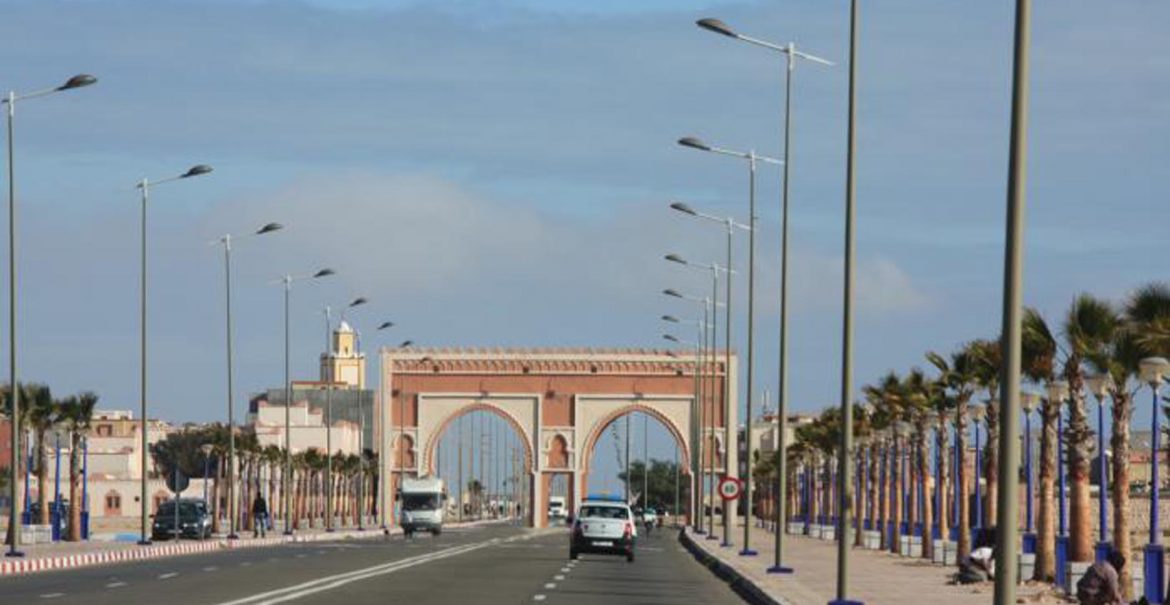
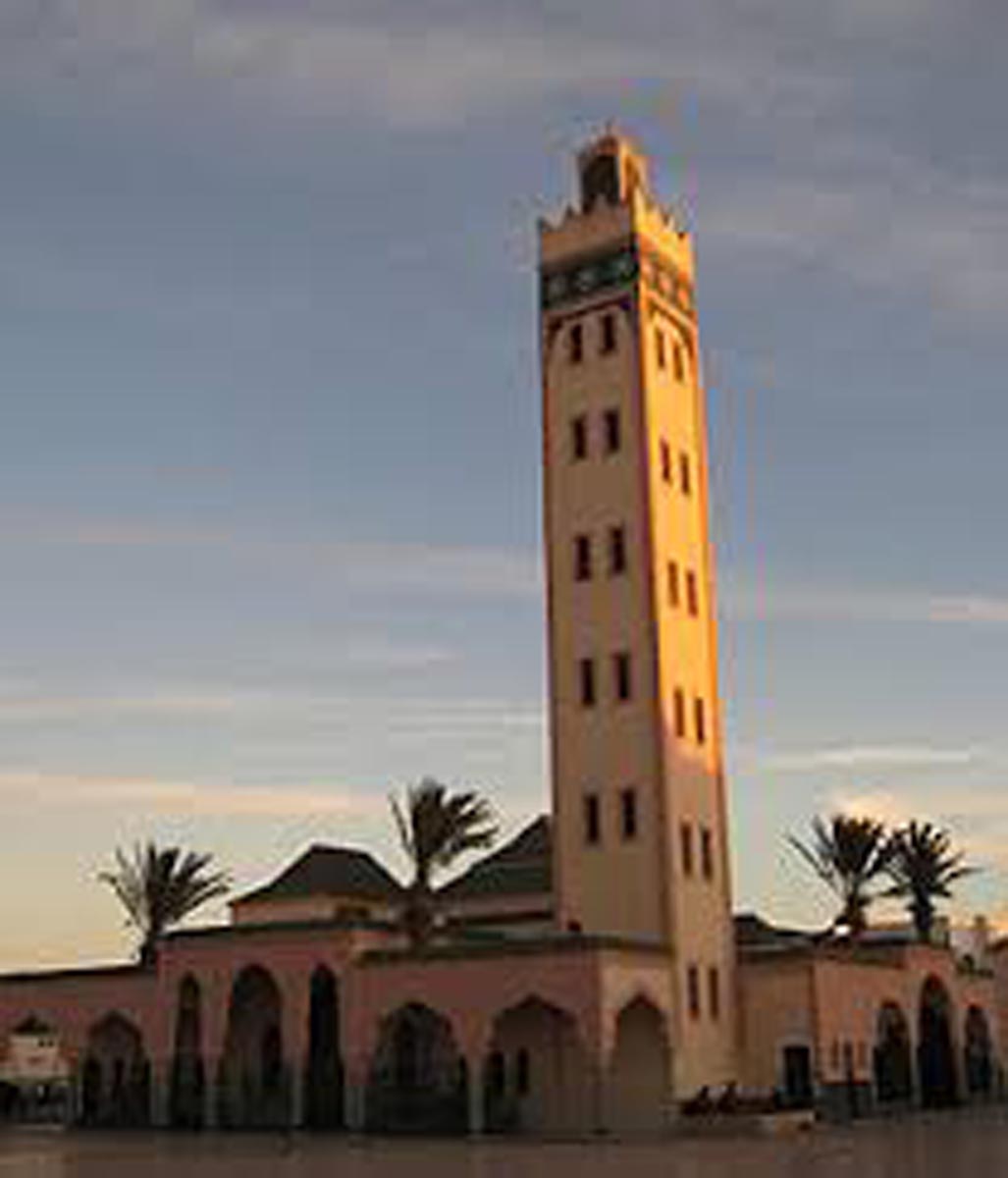
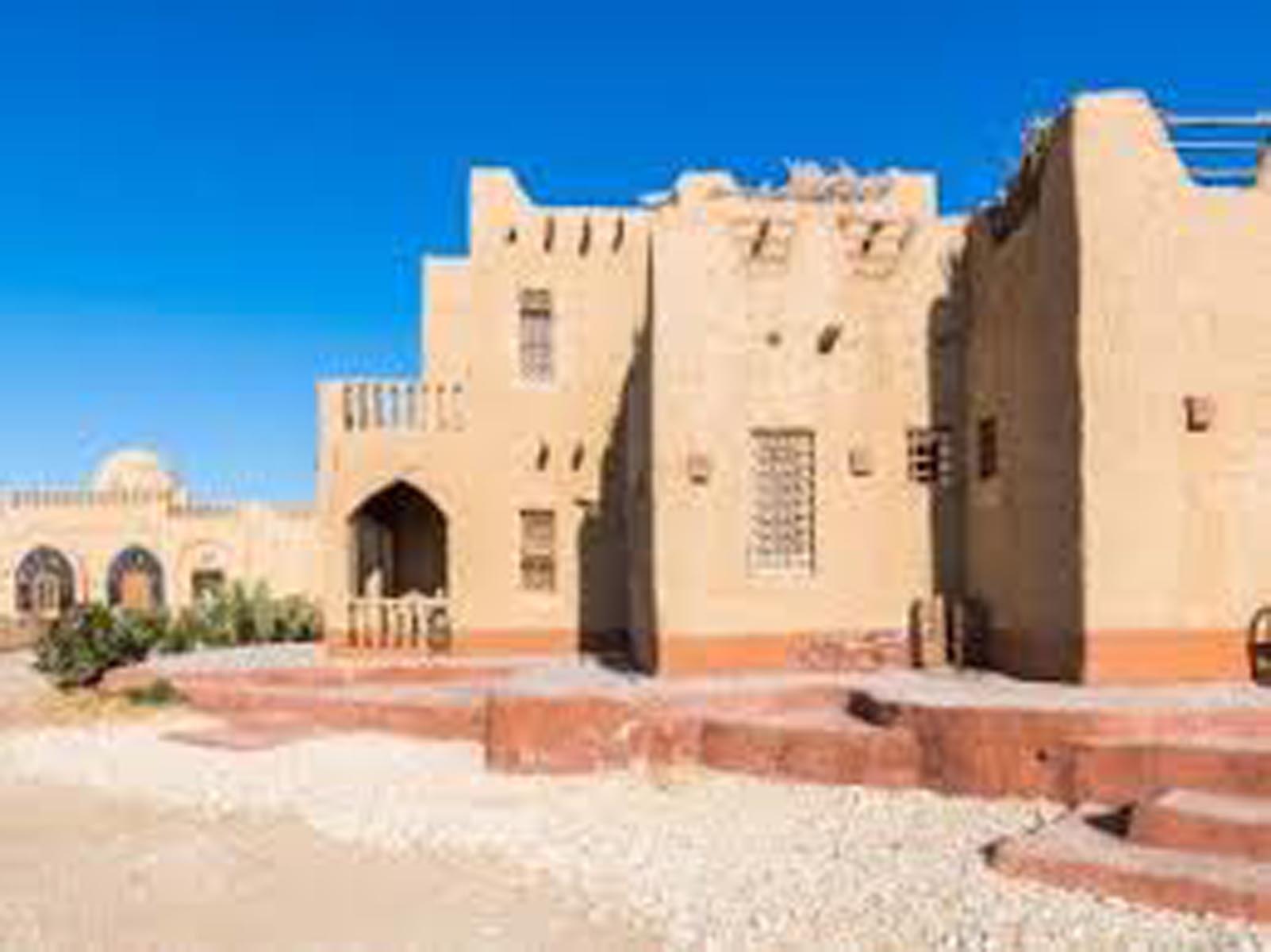
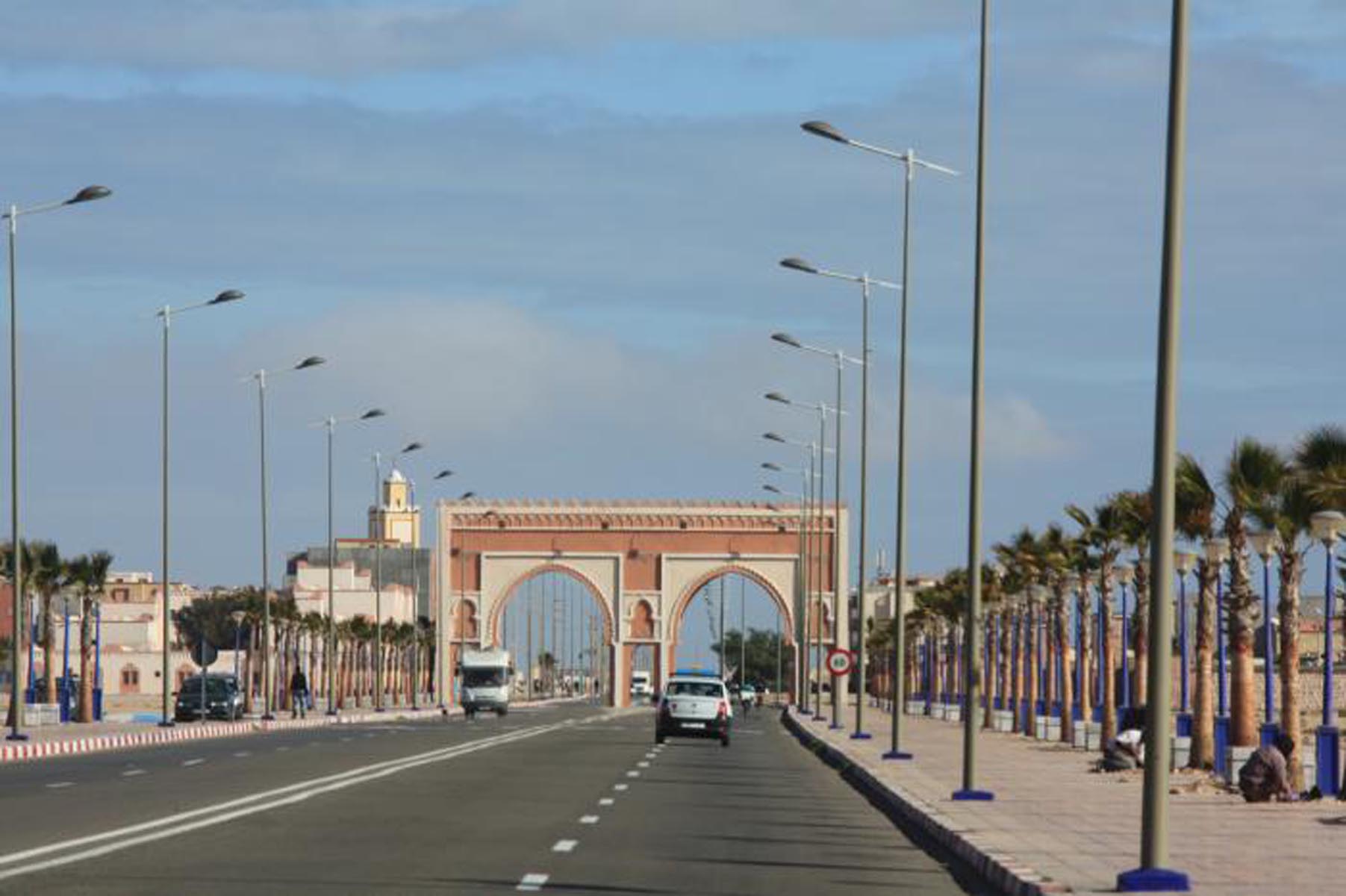

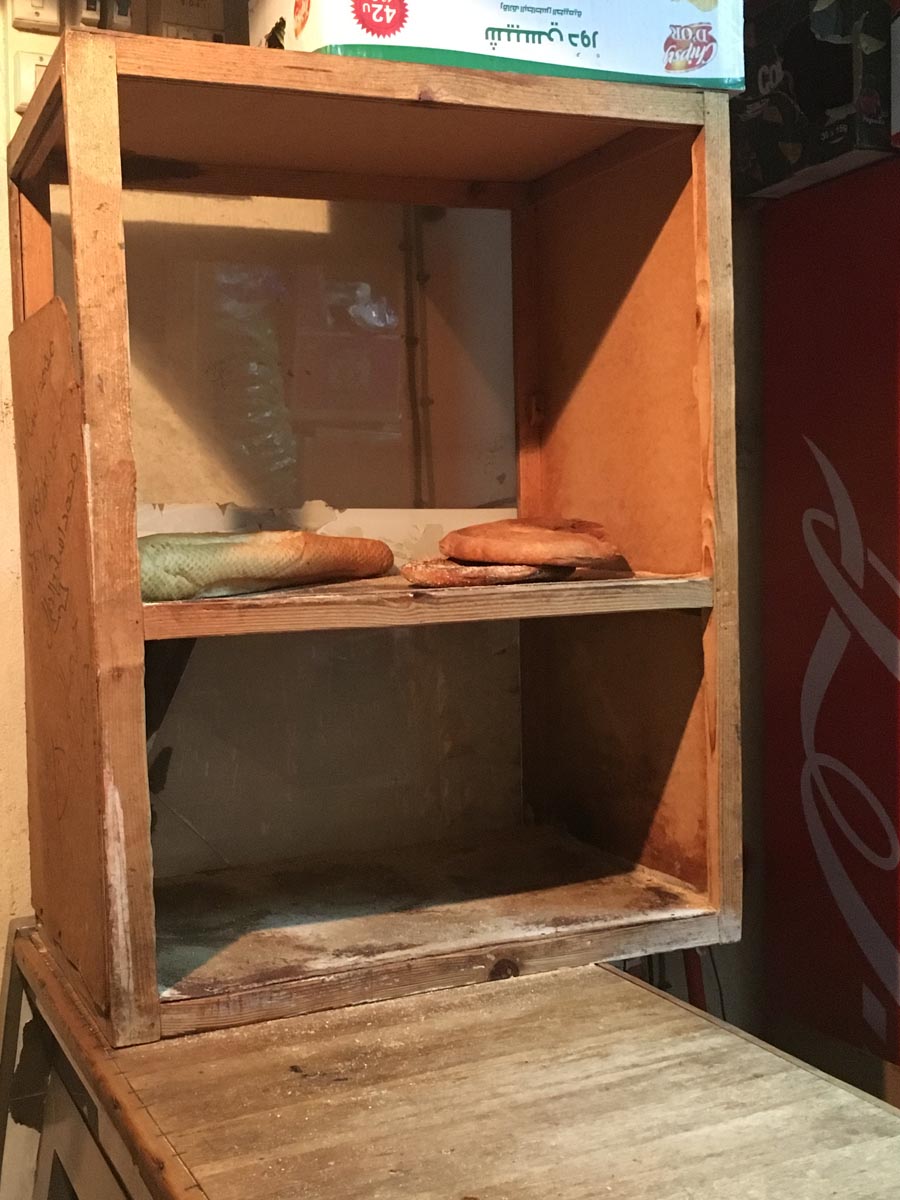
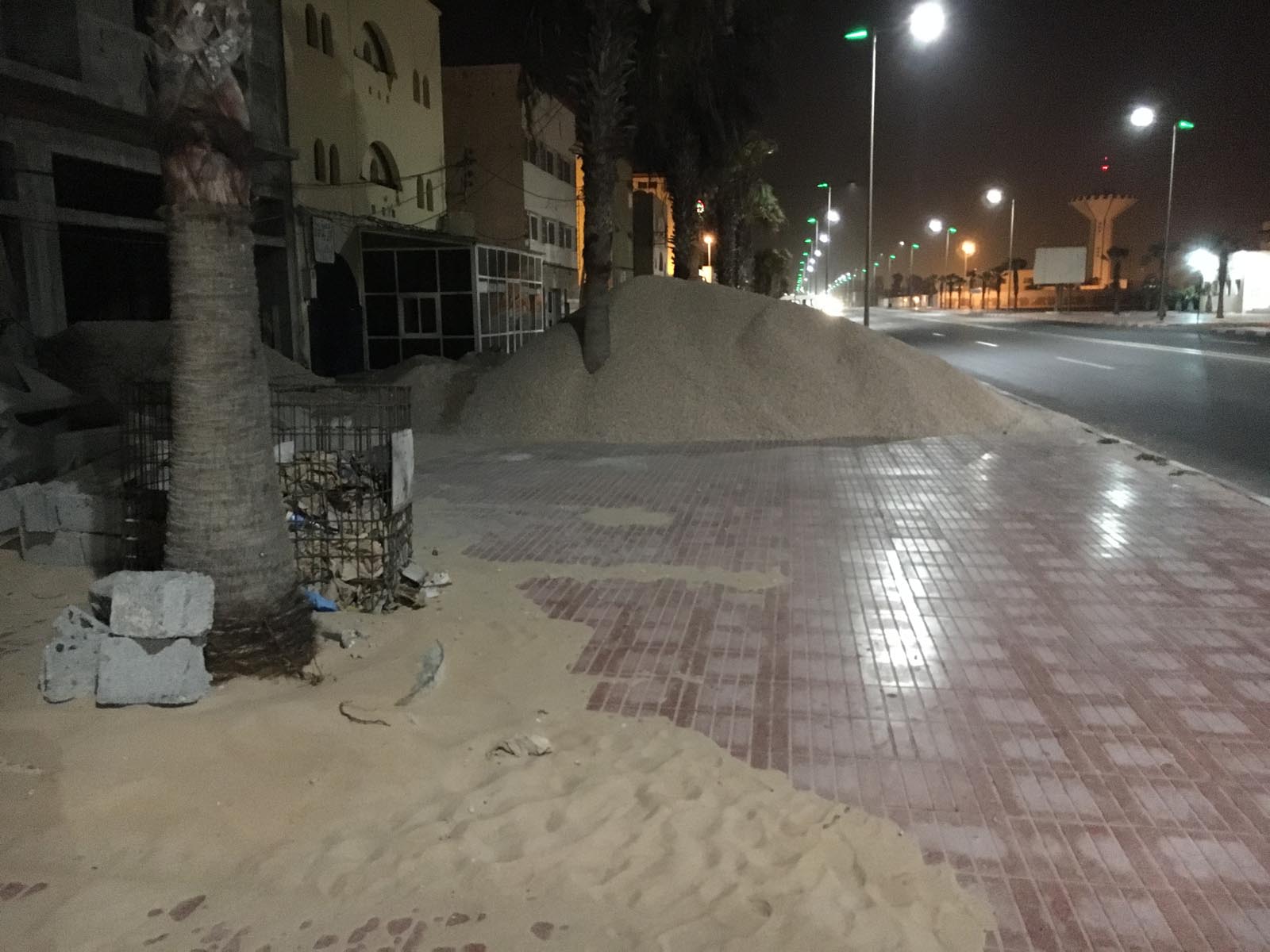
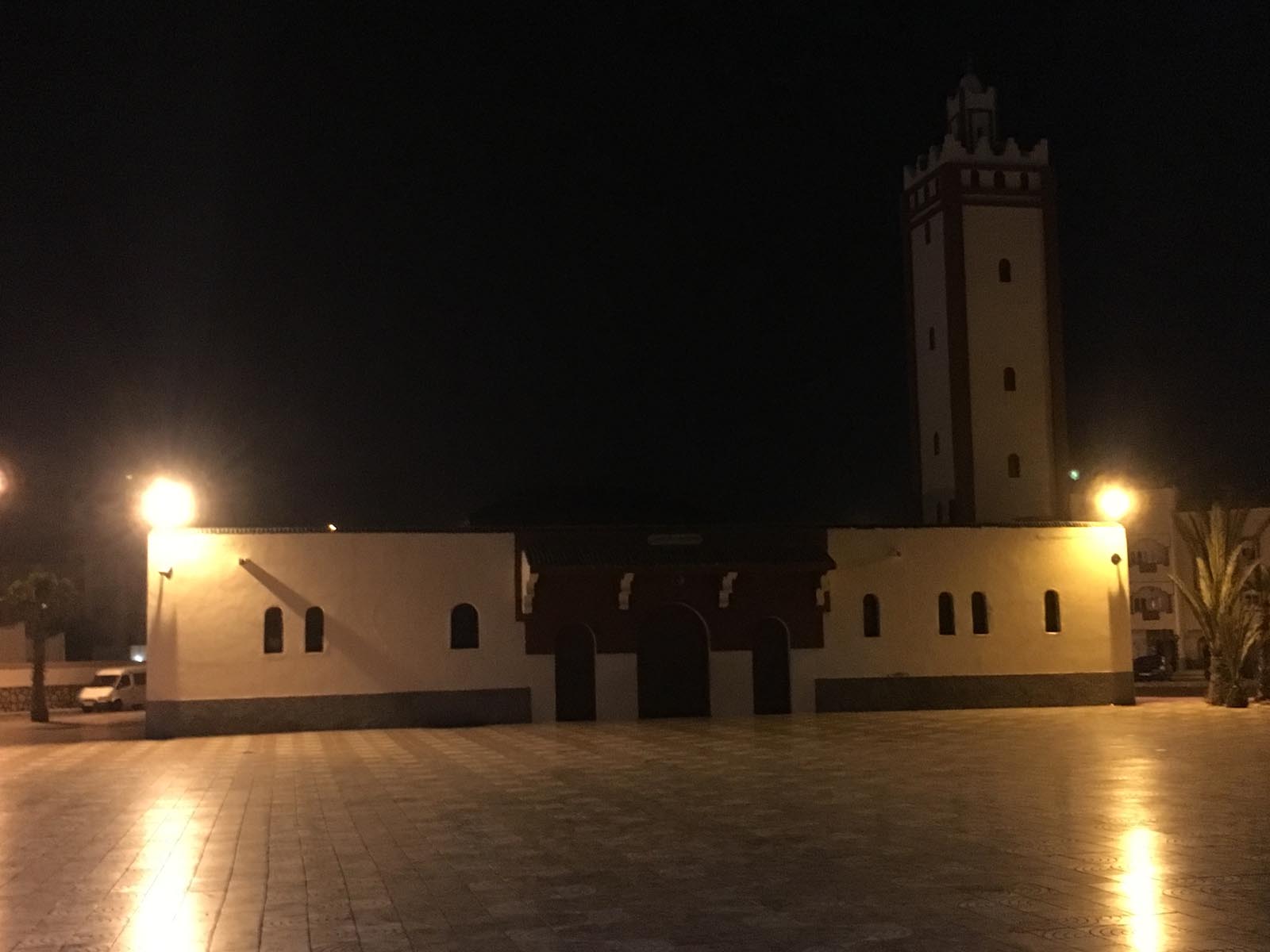

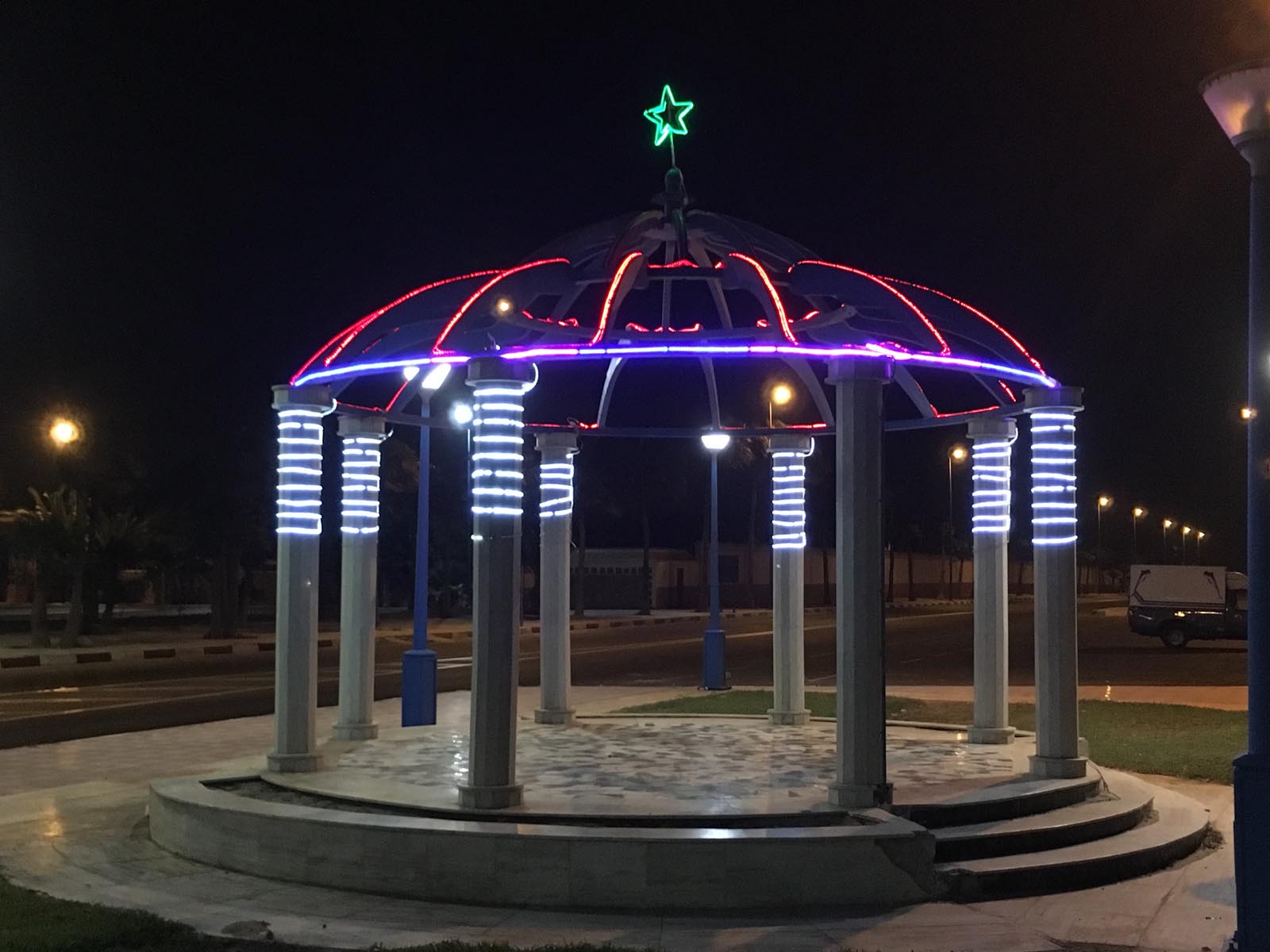
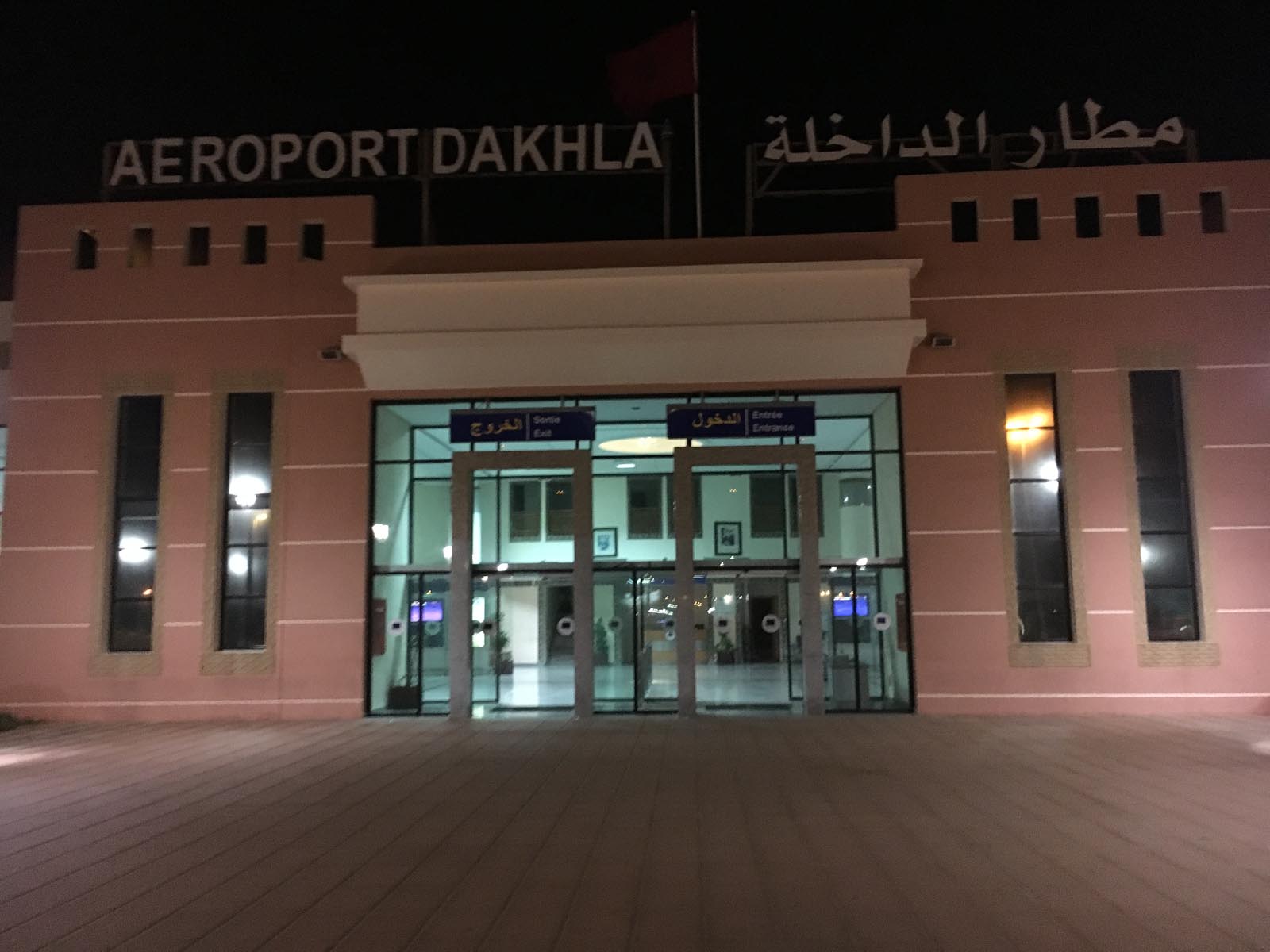
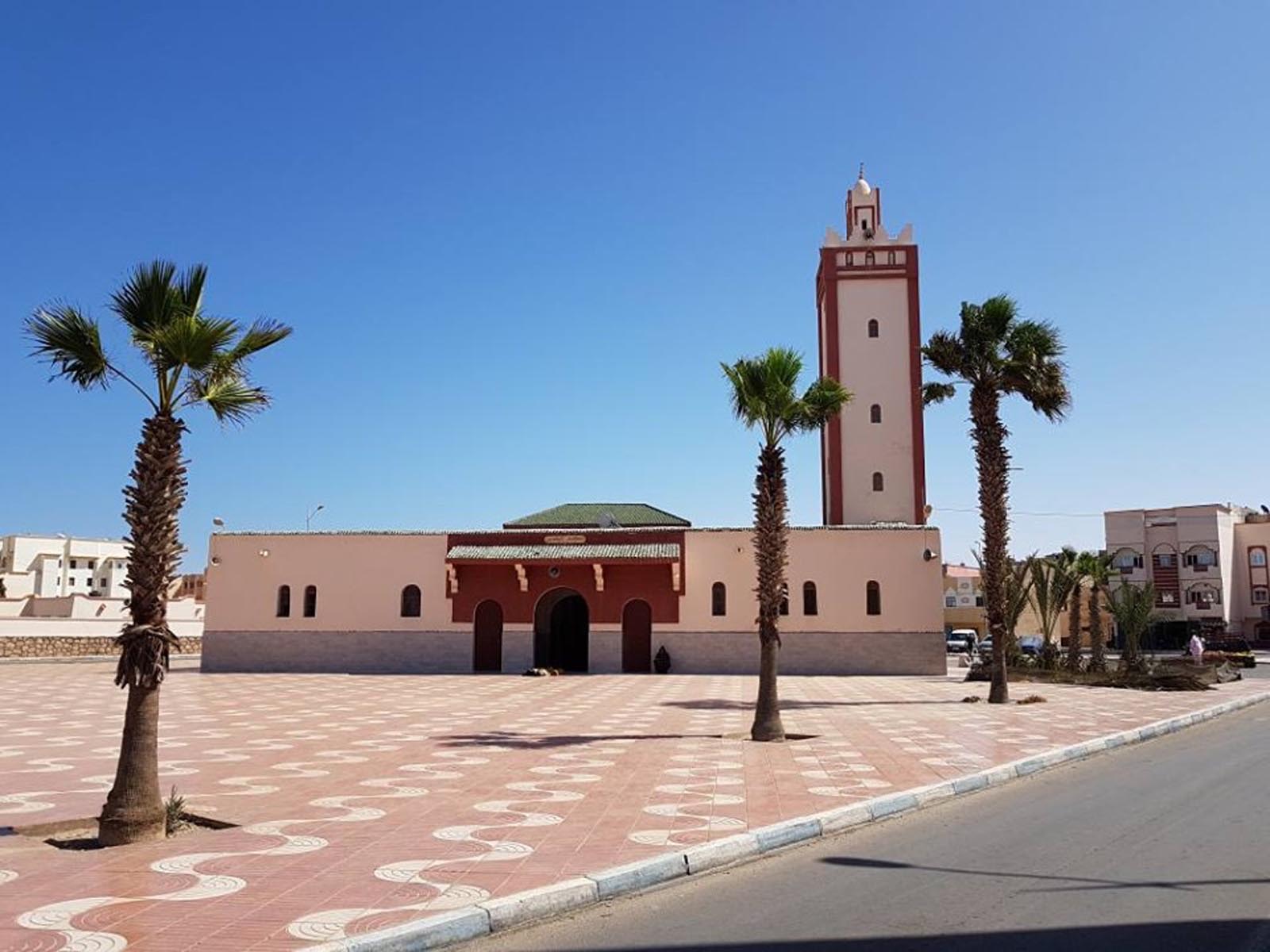
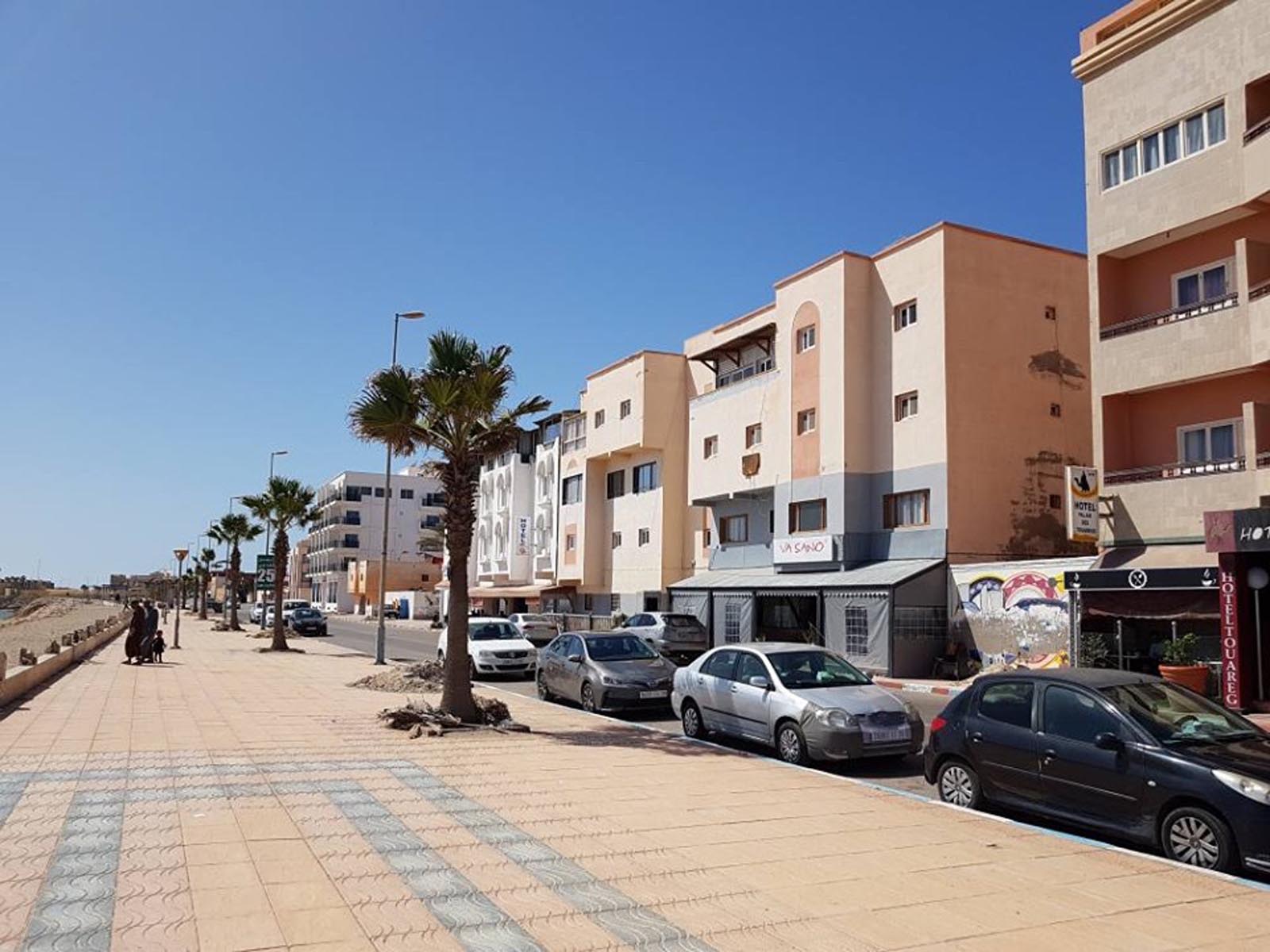
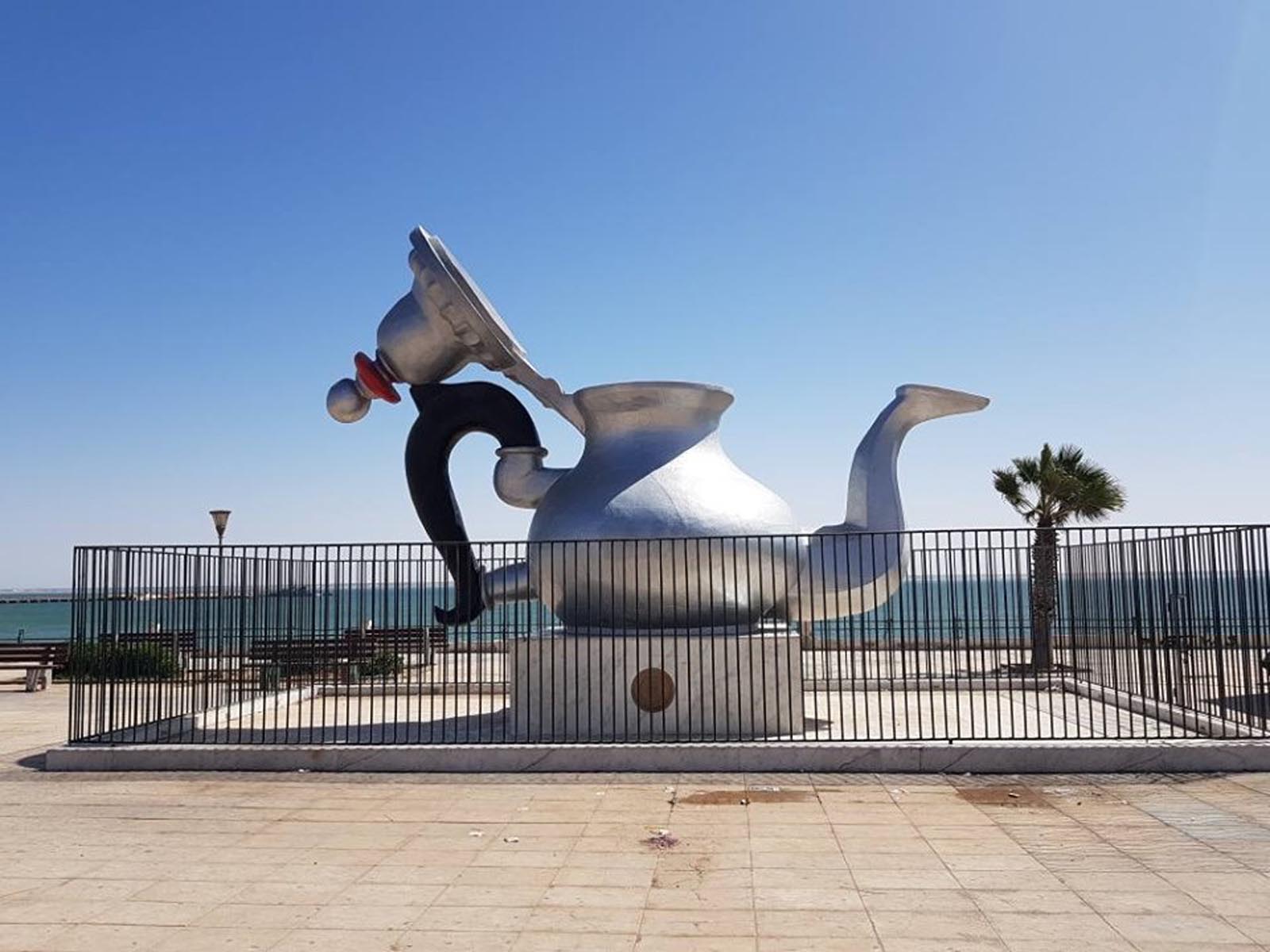
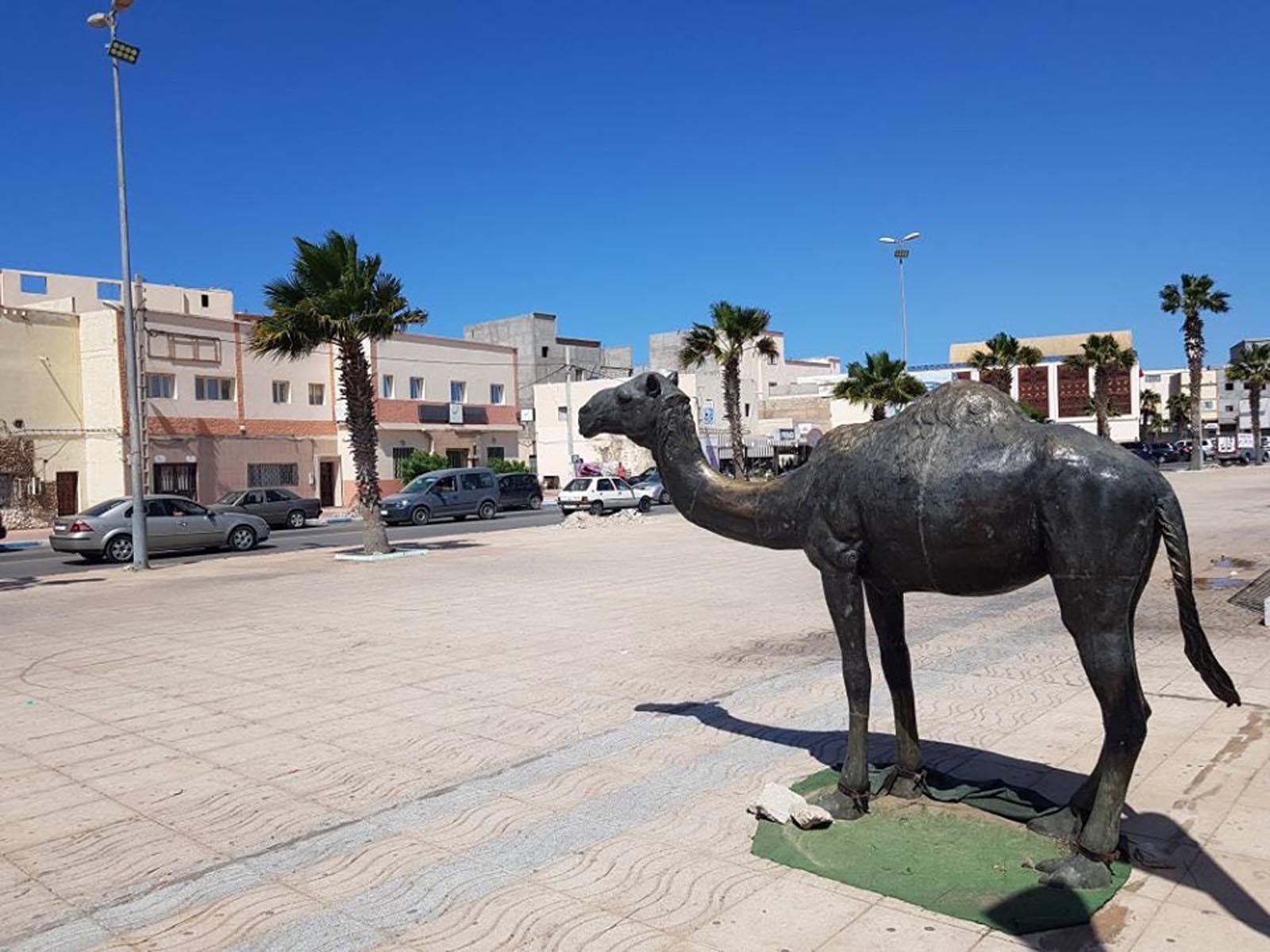

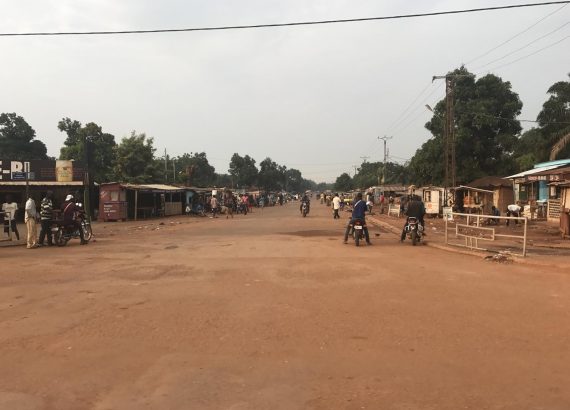
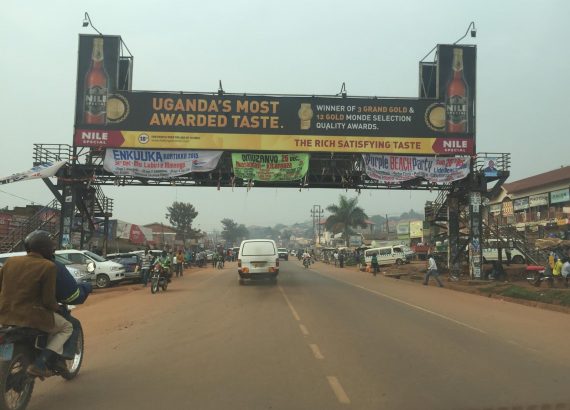
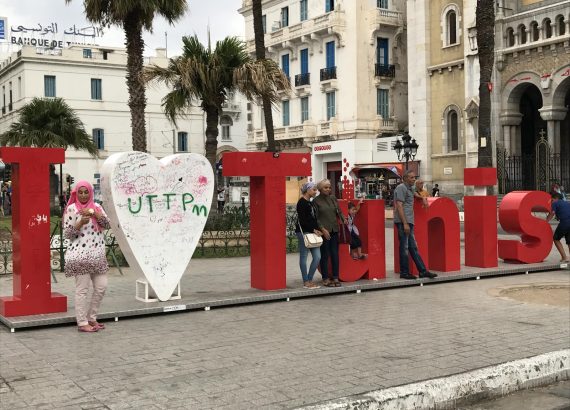
No Comments